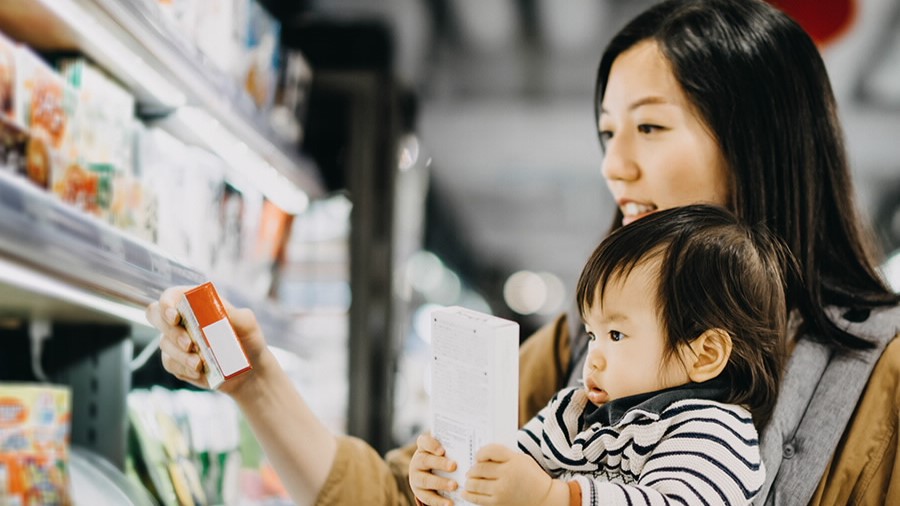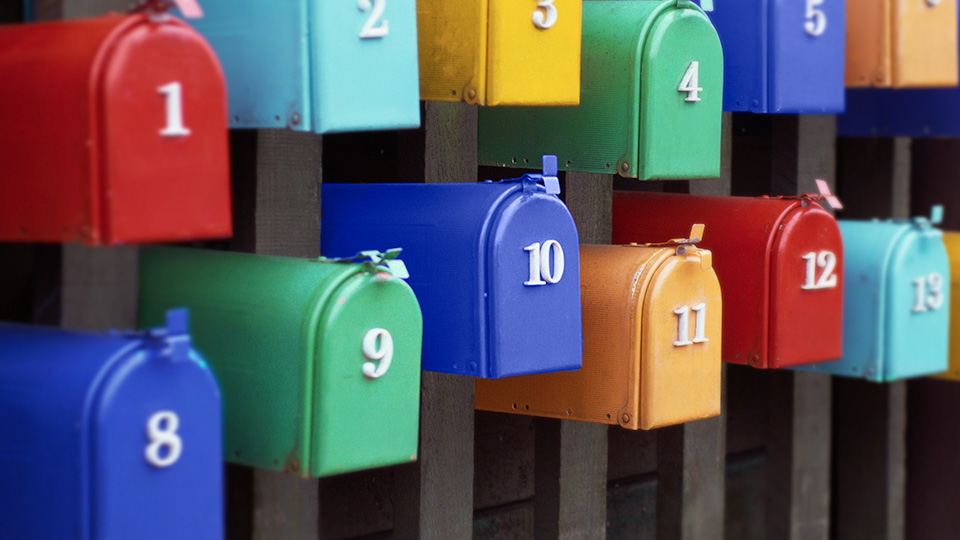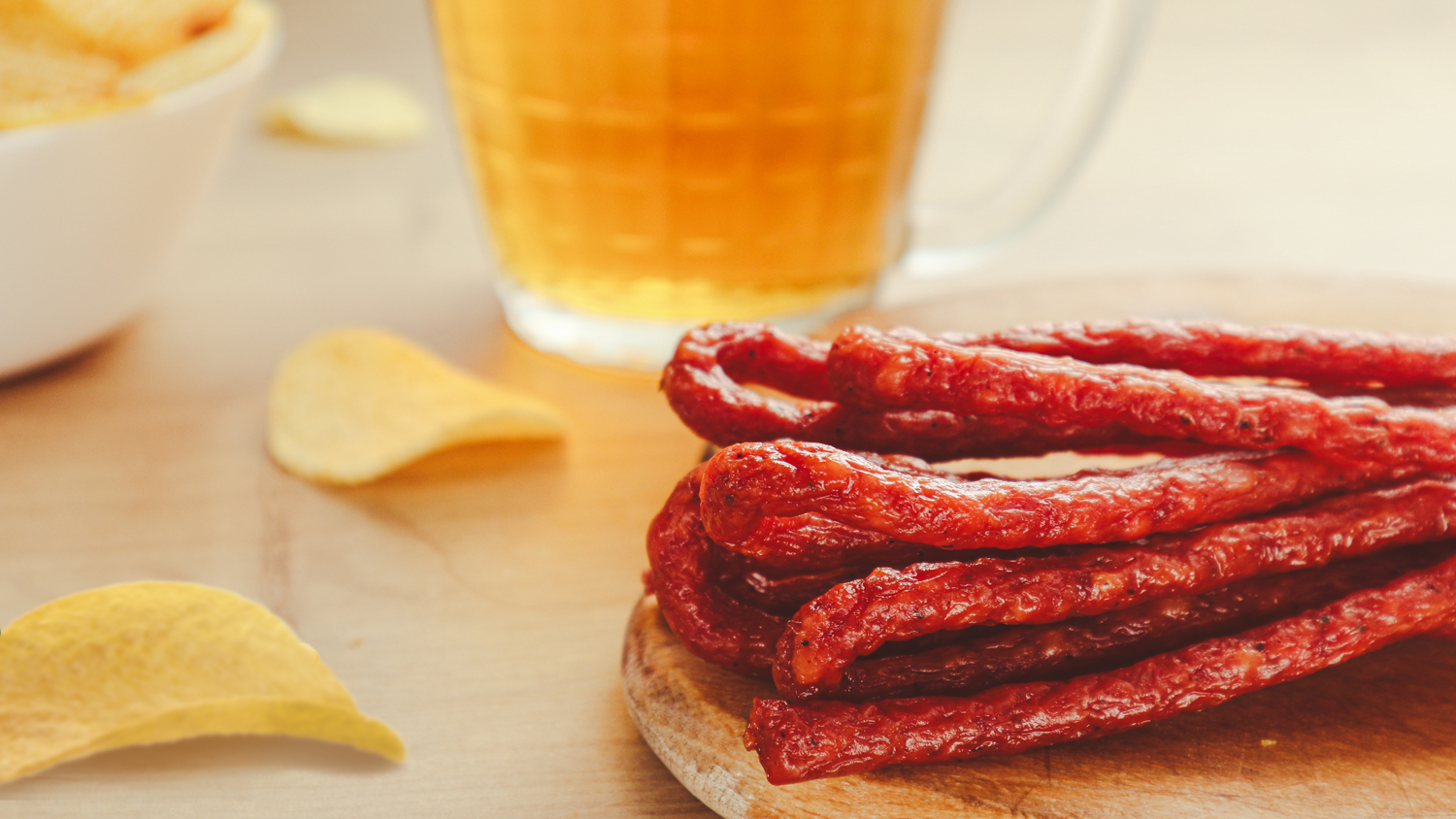Consumer packaged goods brands have two primary audiences — consumers and retailers. Both expect companies to do more for the environment.
The general public wants to buy from leaders in social responsibility. A recent study found that products marketed as sustainable grew faster than conventional goods in more than 90% of CPG categories.
Retailers want brands to innovate for greater foot traffic. Recent trends like health and wellness, premium products, discount stores and private labels have shaped the way we buy and sell. But going green is the biggest factor that influences day-to-day purchases.
Sustainability is good for the environment. And for the bottom line. CPG brands will have no choice but to step up as stores, manufacturers and governments start to mandate eco-friendly compliance.
What measures can and will brands take to shrink their carbon footprints? And is there a way to do so without sacrificing quality and profits?
The state of CPG sustainability
Eco-friendly packaging is nothing new. CPG brands have prioritized recyclable, reusable materials, even reducing and removing as much as they can. The materials they use are more biodegradable than ever, with grocers and CPG brands cutting back on single-use plastic.
They’re proactive in packaging. But the call for sustainability extends beyond the box on retail shelves.
- The plant-based protein category has exploded, largely for environmental concerns. Sales could grow from $5 billion in 2020 to $14 billion in 2025. And it needs unique packaging materials and processes.
- Grocery e-commerce will rise from $28 billion in 2018 to $56 billion in 2023. Keeping foods fresh as consumers increasingly buy it online to pick up in store or for delivery, will be high priority.
- Transportation costs will go up with diesel costs. Companies will ship less freight to curb spending and carbon emissions. Fitting more products on fewer trucks impacts package design and size.
- Warehouses consume energy for basic utilities and refrigeration. Expired food costs money and concerns consumers. Brands might dial back manufacturing to maintain less inventory.
- Consumers want fresh, hygienic food. But not the preservatives that keep it edible longer. Vacuum packaging extends shelf-life and reduces waste with fewer chemicals.
- Smart packaging with RFID, NFC and barcodes or QR codes will alert brands and sellers when package contents are near expiration or damaged.
- Connected tags signal retailers when goods are consumed. They automate product orders with predictive replenishment that doesn’t leave too much or too little stock in the warehouse.
It is clear that concerns about sustainability have already sparked significant shifts in the industry. Augmented reality, social shopping, specialty and pop-up shops with fewer SKUs, customization, visual search and other retail trends will further influence packaging.
But that’s just how stores sell goods. What about what they sell?
What’s in the box
Even the experts couldn’t predict the changes we’ve seen in commerce this century. At least, not to the extent that always-connected smartphones have revolutionized retail.
Trends will continue to emerge seemingly out of nowhere. But CPG professionals have to stay ahead of new products. The goods in greatest demand will determine new packaging, not the other way around.
Vegans, flexitarians, health-conscious shoppers and consumers with food allergies require brands to produce more SKUs in smaller footprints. Packaging has to accommodate them all. With consistency across product lines and efficient manufacturing processes.
Consumers are better informed than ever. They do more than just buy online. They research before heading to the store and even in the store — 61% expect brands to give them the info they need on demand. Transparency matters. That influences what goes into products, which winds up in marketing materials and on labels.
The really big picture
Climate change is heavy on minds and in the news. That won’t change anytime soon — except to become more urgent.
Sustainability is a priority, now and in the future. It’s a new world. Consumer packaged goods can have a positive impact on it.
Brands have to make tough decisions that are crucial to the well-being of future generations. Technology and a longer, wider lens with a global perspective make it easier to accomplish than at any point in modern times.



